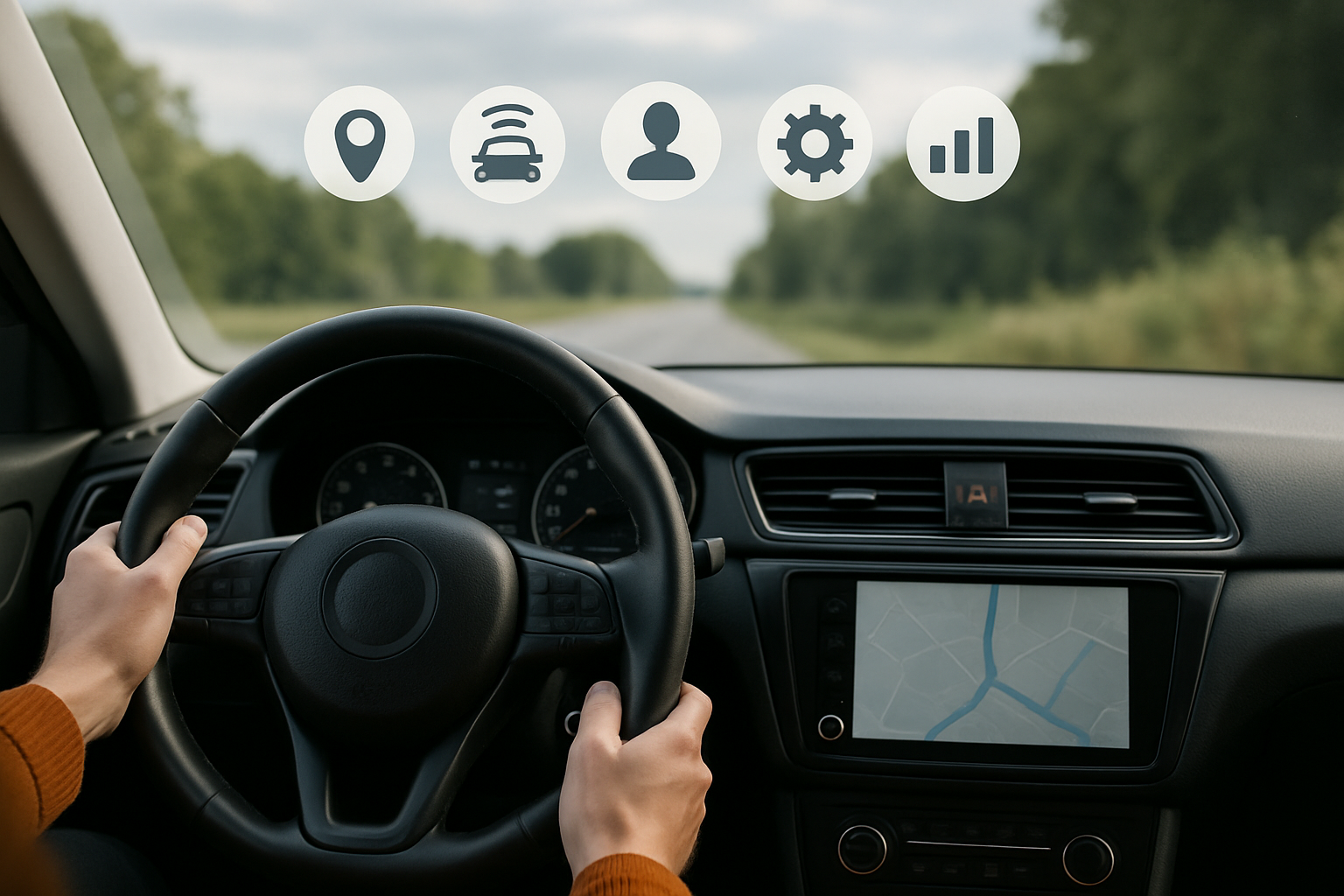Even with today’s ubiquitous backup cameras, we can’t always count on seeing something small that is close behind us, beneath the camera’s field of vision.
And that something could be a child, a small animal or some solid object that could damage our vehicle. This is also true for whatever may be below our line of sight ahead of us.
To address these important holes in our vision, Tactile Mobility, a Haifa, Israel-based tactile data and virtual sensing technology company, has developed a system that will detect even very slight initial runover of virtually anything, including a soft human body part, and provide a warning and/or a full vehicle stop to prevent further runover, which could be life-saving.
According to NHTSA, hundreds of children are killed and thousands injured each year in parking lots, driveways and private roads, so runover sensing can help prevent such tragic incidents by alerting both the driver and the vehicle at three distinct stages of a runover.
It enables the vehicle to sense the road, identify the type of material under its tires, signal an initial runover and stop it from moving any further to prevent potentially fatal runover.
Stage One is the “touch” stage, the earliest detection, which happens within 20-30 milliseconds to enable a “look ahead” warning.
Stage Two, the “impact” stage, provides the earliest characterization of what type of material is being (or about to be) run over within 100 milliseconds to alert before a full runover happens.
Stage Three is the “over” stage, which provides detailed characterization within 300-500 milliseconds. The “touch” and “impact” stages are most important because they can prevent a full runover.
“Tactile Mobility is always looking to build solutions that make the driving experience safer and more enjoyable for everyone,” says CEO Shahar Bin-Nun. “Now, for the first time, the automotive industry will have access to an affordable in-vehicle software solution that enables vehicles to identify what they might drive over and avoid potentially fatal accidents – a critical step in the development of autonomous vehicles.
“We are already working with well-known OEMs to bring the technology to the mass market and look forward to expanding our collaboration to embed this safety sensor in autonomous vehicles of all levels to ensure road and vehicle safety for everyone.”
Bin-Nun believes this feature is an “absolute must” for autonomous vehicles, which need to not only “see” the road ahead but also “feel” road friction, roughness, curves, grades, distresses and objects under their tires, and also is important for vehicles with a self-parking feature.
“We have learned that no matter how many lidars, radars and cameras exist on a vehicle, in some cases, especially when moving slowly, some small objects are not seen. So, we need another way of detecting them,” he says.
Using “sense of touch” technology to detect a variety of objects on the road of different heights, sizes, shapes and materials – both organic and hard – this safety feature will be integrated into the company’s Tactile Processor Platform, which already includes its suite of virtual sensors for surface sensing, tire-to-surface grip, tire health, vehicle health and more.
Tactile Mobility touts itself as a world leader in software-based tactile sensing and data solutions. Residing in a module in the vehicle’s ECU, and in the cloud-based system, its software collects first-order data from more than 20 sensors in the vehicle – including wheel speed, wheel angle, RPM, torque and gear position – and analyzes all of it to yield real-time, actionable “insights” into the continually evolving states of vehicles, roads and vehicle-to-road dynamics.
These insights, it says, can benefit many auto-related sectors, from tire-condition tracking to road planning and management and even for insurance purposes.

Posted originally on: https://wardsintelligence.informa.com/WI965847/Sense-of-Touch-Technology-Can-Help-Prevent-Fatalities


